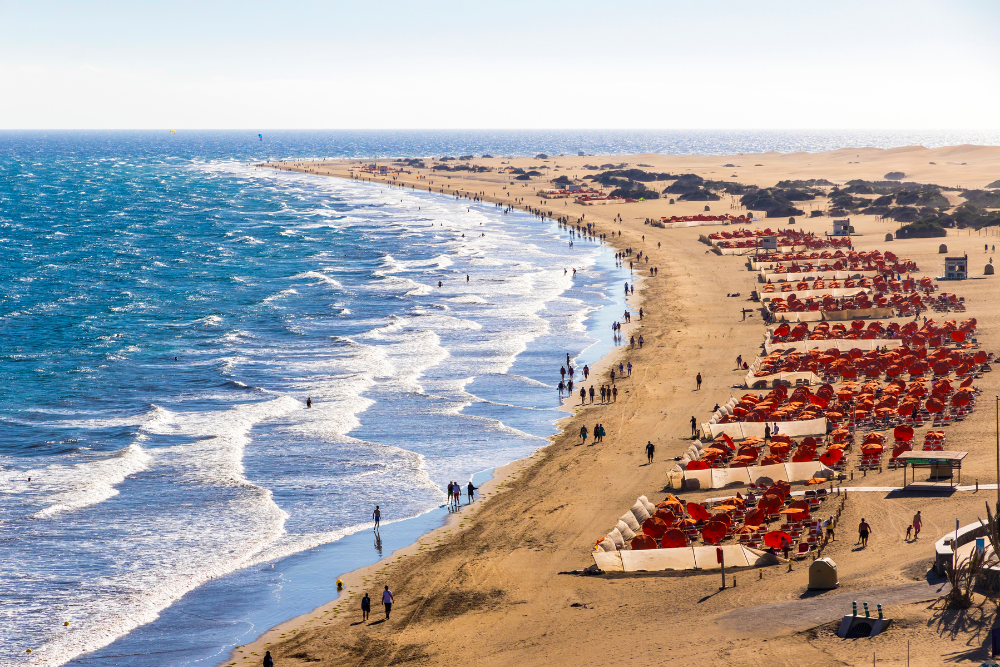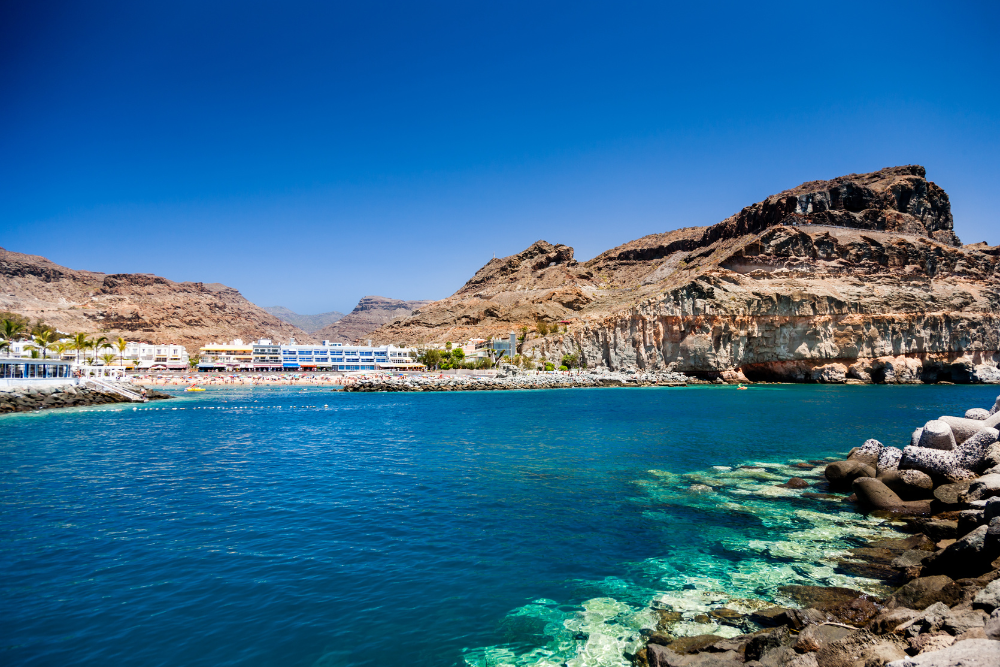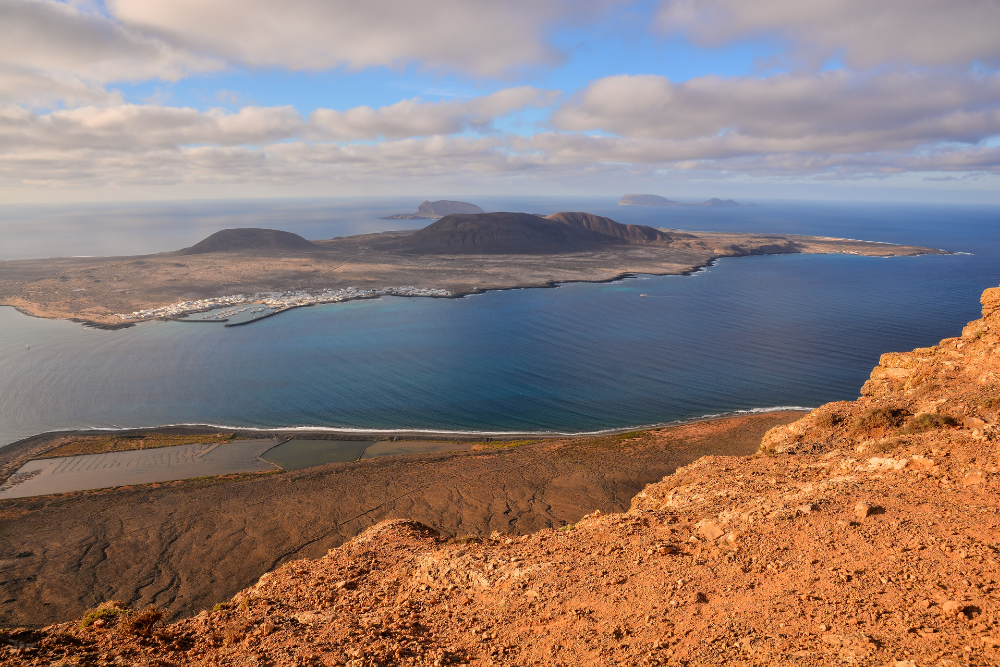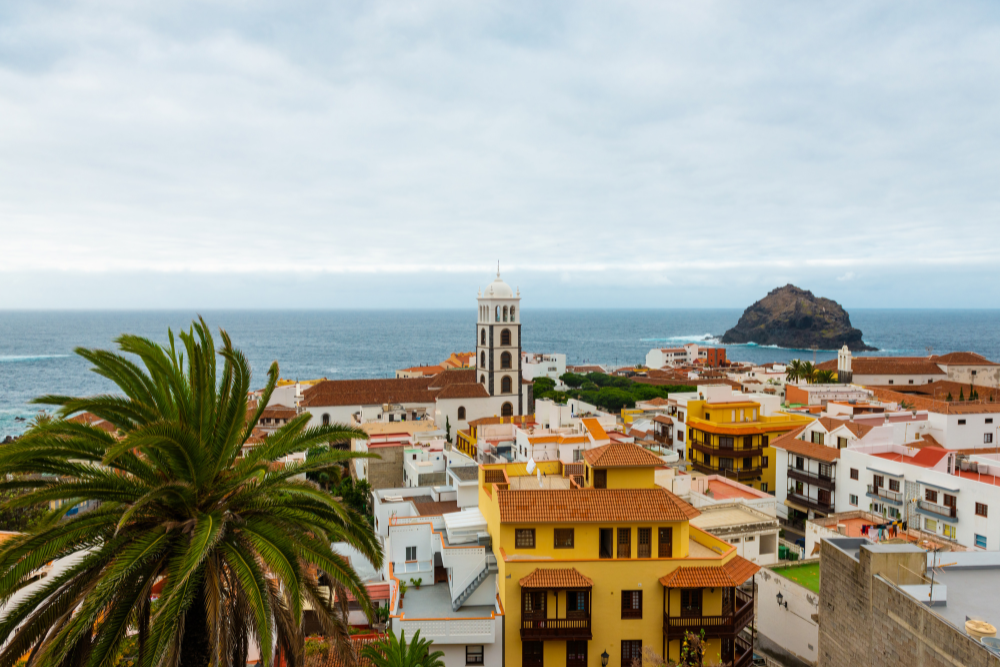The Canary Islands, located off the northwest coast of Africa, are a paradise not just for beach lovers but also for adventurers seeking to explore some of the most breathtaking volcanic landscapes in the world. The archipelago is home to dramatic volcanic craters, rugged mountain ranges, and black-sand beaches, all of which bear the imprint of the islands’ fiery origins. From towering peaks to calderas and lava fields, the Canary Islands offer a truly unique landscape shaped by millions of years of volcanic activity. Here’s a journey through the stunning volcanic landscapes of the Canary Islands.
1. Teide National Park – Tenerife’s Majestic Volcano

Dominating the landscape of Tenerife, Mount Teide is Spain’s highest peak and one of the most iconic volcanoes in the world. Standing at 3,718 meters, Teide is an active stratovolcano, though its last eruption occurred in 1909. Teide National Park, a UNESCO World Heritage site, encompasses the surrounding area, offering visitors awe-inspiring volcanic landscapes.
The park is home to vast lava plains, otherworldly rock formations, and colorful craters. A cable car takes visitors up to the summit, where they can enjoy panoramic views of the island and, on clear days, even glimpse the neighboring islands. The volcanic surroundings, with their jagged volcanic rock formations and cratered terrain, create an almost lunar landscape, making it a popular spot for stargazing.
2. Timanfaya National Park – Lanzarote’s Fiery Terrain

Lanzarote, the most volcanic island of the Canary archipelago, is defined by its dramatic volcanic landscapes. Timanfaya National Park, also known as the “Fire Mountains,” is the heart of the island’s volcanic activity. The park’s landscape was shaped by eruptions in the 18th and 19th centuries, which left behind surreal expanses of lava fields, black volcanic rock, and steaming vents.
Visitors to Timanfaya can take guided tours through the park, where they can witness demonstrations of geothermal heat, including the famous “Volcano Grill,” where meat is cooked using natural heat from the ground. The stunning contrast of the deep black volcanic rock against the vibrant blue sky and the surrounding countryside creates an unforgettable sight. Lanzarote’s volcanic landscape is also home to vineyards, where grapes grow in the rich volcanic soil, adding an interesting contrast of lush green amidst the barren volcanic terrain.
3. Caldera de Bandama – Gran Canaria’s Hidden Crater

Gran Canaria offers some of the most diverse volcanic landscapes in the Canary Islands, with dramatic cliffs, lush ravines, and vast volcanic craters. One of the most impressive volcanic features on the island is the Caldera de Bandama, a massive crater formed by an ancient eruption. The caldera spans over 1,000 meters in diameter and is one of the best-preserved craters in the Canary Islands.
Hiking down into the caldera is a rewarding experience, as it offers stunning views of the island’s rugged terrain. The surrounding landscape is lush with vegetation, offering a stark contrast to the arid volcanic ground. The caldera is also home to small caves and agricultural plots, where the island’s traditional farming practices continue.
4. La Palma – The “Volcanic Island”

La Palma, often referred to as the “Volcanic Island,” offers one of the most pristine and diverse volcanic landscapes in the Canary Islands. The island is home to Caldera de Taburiente National Park, a massive volcanic crater formed millions of years ago, which is now a haven for hikers and nature lovers. The park offers deep ravines, lush forests, and dramatic cliffs, all set within a huge caldera that dominates the island’s landscape.
La Palma is also famous for its Cumbrecita Volcano and the recent eruptions from the Cumbre Vieja volcanic range. In 2021, the eruption of Cumbre Vieja created new lava flows and reshaped parts of the island, further highlighting the island’s dynamic volcanic activity. Visitors can hike the volcanic terrain or take scenic drives to witness the raw beauty of La Palma’s volcanic landscapes.
5. El Hierro – The Greenest of the Volcanic Islands

El Hierro is the smallest and least developed of the Canary Islands, but it boasts some of the most striking volcanic landscapes. The island’s volcanic origins are still very much visible, from its rugged coastline to the deep volcanic craters scattered across the island. One of the most notable geological features is the El Golfo Valley, a massive volcanic caldera surrounded by towering cliffs and rich green vegetation.
Despite its rugged volcanic landscape, El Hierro is also one of the greenest islands in the archipelago, thanks to its diverse plant life that thrives in the rich volcanic soil. The island is also home to some unique geological formations, including underwater volcanic vents, making it a popular destination for scuba diving and exploring the depths of the ocean.
Conclusion
The Canary Islands are a geological wonder, with their volcanic landscapes offering some of the most dramatic and unique scenery in the world. From the towering peaks of Teide to the otherworldly volcanic fields of Lanzarote, these islands showcase the power and beauty of volcanic activity. Whether you’re an avid hiker, a nature lover, or simply someone who appreciates stunning landscapes, the volcanic wonders of the Canary Islands promise an unforgettable experience.












